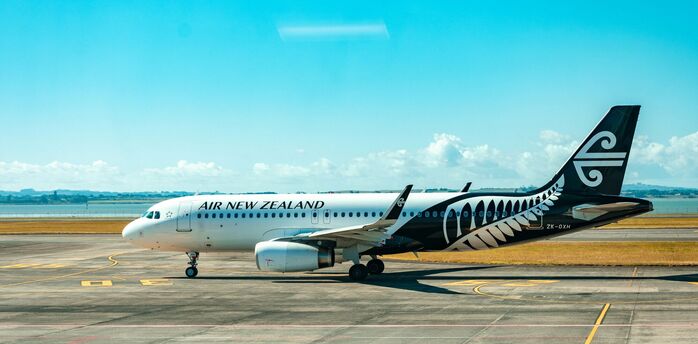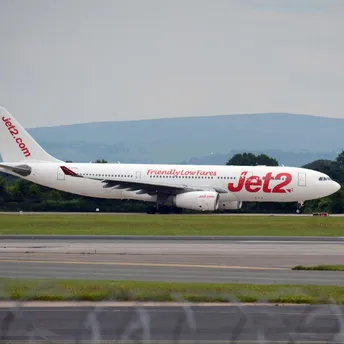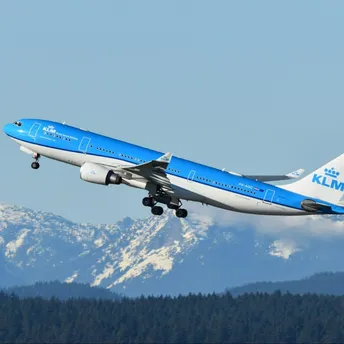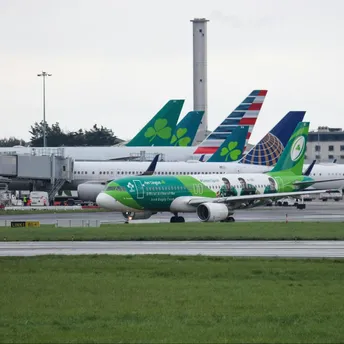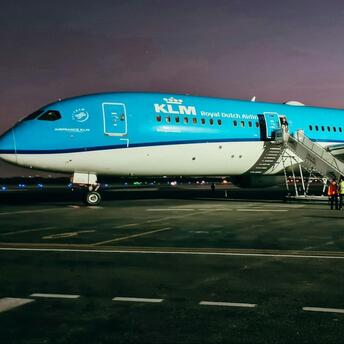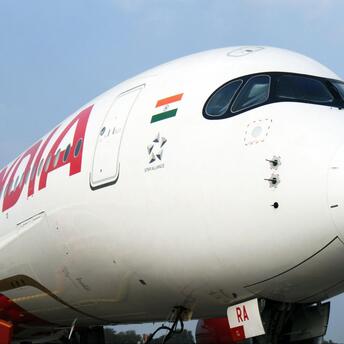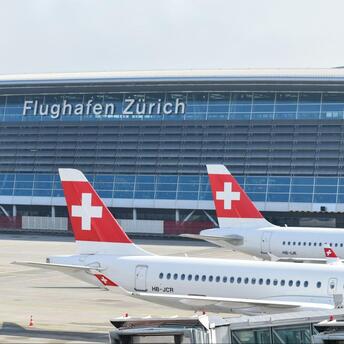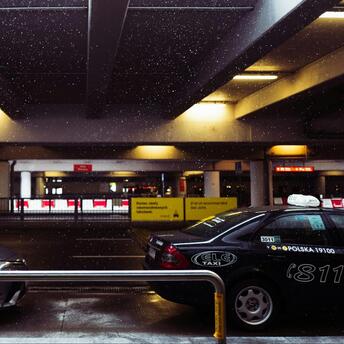Landing on the World’s Shortest Commercial Runway: A Journey to Saba Island

For many travelers, landing on a runway is a routine part of air travel. But on the tiny Caribbean island of Saba, the experience is anything but ordinary. Home to the world’s shortest commercial runway, Juancho E. Yrausquin Airport offers a heart-pounding arrival that is as exhilarating as it is scenic. Measuring just 1,312 feet (400 meters) in length, this runway is perched dramatically between cliffs and the turquoise waters of the Caribbean Sea, making it a unique destination for both aviation enthusiasts and adventure-seeking travelers.
The World’s Shortest Runway: A Marvel of Engineering
Juancho E. Yrausquin Airport is not just any airport; its ultra-short runway holds the Guinness World Record for the shortest in commercial aviation. Located on the northeastern tip of Saba, the airport is carved out of the rugged terrain, with cliffs at one end and a sheer drop into the ocean at the other. This narrow strip of asphalt, surrounded by such dramatic geography, presents a challenge even for the most skilled pilots. Only small aircraft, like the de Havilland Twin Otter and Britten-Norman Islander, are certified to land here, making Saba an exclusive destination for those who dare to take the flight.
The tight space means that pilots must execute precision landings and takeoffs, with little room for error. Despite its daunting nature, Juancho E. Yrausquin Airport is a lifeline for the island’s 1,900 residents and a gateway for visitors eager to experience Saba’s natural beauty.
The Approach: A Thrilling Experience
Flying into Saba is an adventure in itself. Passengers are treated to breathtaking views as their aircraft approaches the island, with steep mountains rising from the sea and a striking panorama of the Caribbean. As the plane descends, the challenge of the short runway becomes clear. Pilots rely on their expertise to carefully guide the aircraft between the cliffs and over the water, ensuring a safe but thrilling touchdown.
The runway’s location offers little margin for error. Pilots must approach at the right speed and altitude, with crosswinds sometimes adding to the difficulty. Upon landing, the aircraft comes to a swift halt, as the short runway requires immediate deceleration. For travelers, this high-stakes landing is an unforgettable start to their journey on Saba.
Saba: A Hidden Gem in the Caribbean
Once on the ground, visitors can fully appreciate the charm of Saba, often referred to as the "Unspoiled Queen" of the Caribbean. Unlike its neighboring islands, Saba remains relatively untouched by mass tourism, offering a peaceful retreat for nature lovers, divers, and hikers. Its rugged landscape, with Mount Scenery at its center, invites adventurers to explore its trails, while the surrounding marine environment provides world-class diving opportunities.
The island’s appeal lies in its authenticity. With no large resorts or bustling tourist hubs, Saba offers a chance to disconnect and immerse oneself in pristine natural surroundings. The island’s villages, including The Bottom and Windwardside, showcase a blend of Caribbean charm and Dutch heritage, reflected in the colorful houses, friendly locals, and laid-back lifestyle.
The Technical Side: How the Short Runway Operates
Operating the world’s shortest commercial runway requires both technical skill and precise planning. The small size of the runway means that only aircraft with special certifications can land here. Pilots trained to handle these conditions are well-versed in the airport’s approach procedures and the tight landing space, ensuring that operations remain safe despite the runway’s limitations.
One of the critical factors in maintaining safety at Juancho E. Yrausquin Airport is the type of aircraft permitted to use the runway. Planes like the Twin Otter, known for its short takeoff and landing (STOL) capabilities, are ideal for Saba’s challenging terrain. These aircraft are designed to operate on short runways, and their reliability makes them perfect for island-hopping across the Caribbean.
The Future of Saba’s Aviation
While Juancho E. Yrausquin Airport is small, its importance to Saba cannot be overstated. The runway provides a vital connection to the outside world, enabling tourism, emergency medical evacuations, and essential deliveries. There has been occasional speculation about extending the runway to accommodate larger aircraft, but the island’s rugged topography makes such an expansion unlikely.
Despite its size, the airport continues to operate efficiently, thanks to the expertise of pilots and the commitment of the local aviation community. As more travelers seek off-the-beaten-path destinations, Saba’s unique airport may become a more popular entry point for those looking to explore one of the Caribbean’s best-kept secrets.


